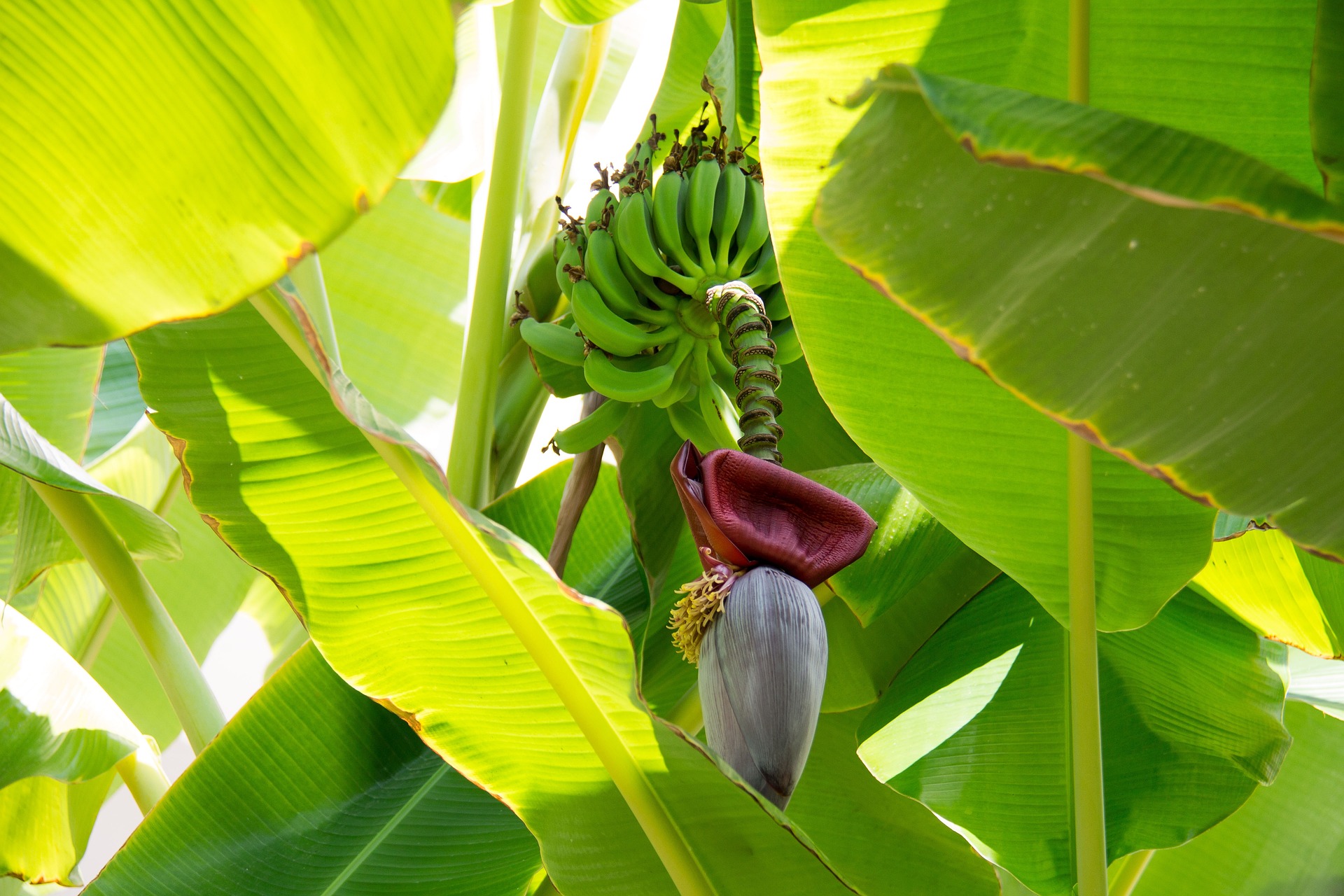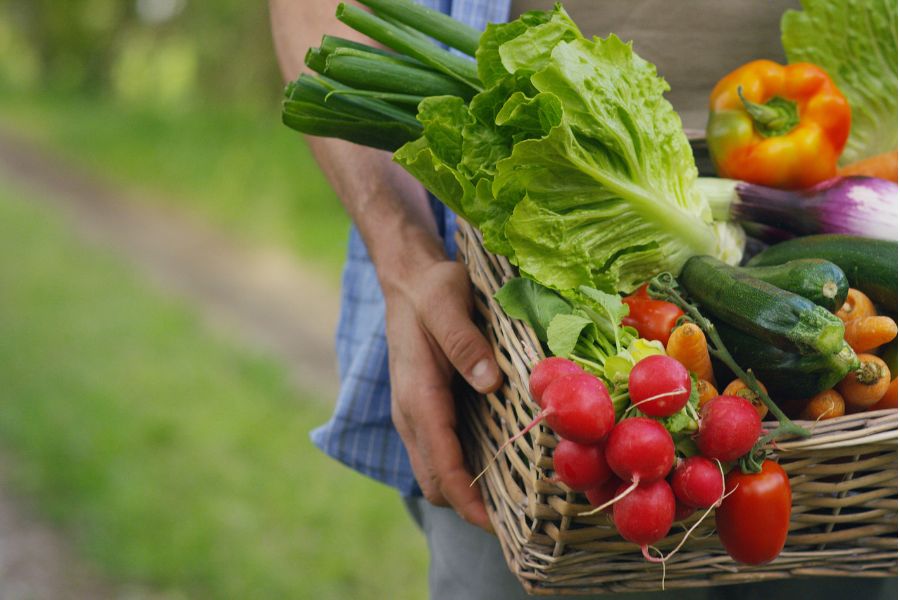Will polyhouse farming finally take off in India?
Polyhouse farming is a modern agricultural technique that addresses several challenges faced by traditional farming, including climate variability, water scarcity, and the need for sustainable and efficient food production.
With the state governments of Himachal Pradesh, Uttarakhand, Uttar Pradesh, and Maharashtra announcing a number of projects to promote the practice, polyhouse farming is garnering nationwide recognition at an increasing pace. India Business and Trade explores the potential of polyhouse farming in India and whether its unique capabilities can further widen India’s export size of vegetables and flowers globally.

Image Source: Pexels
Polyhouse farming, a type of greenhouse farming, was introduced in India back in the late 1980s. As the technology gradually spread to different parts of the country, progressive farmers, and farming enthusiasts decided to set up polyhouse farms, albeit with little to no knowledge of the subject. As of 2023, different state governments such as Uttarakhand, Uttar Pradesh and Himachal Pradesh are promoting new-age agriculture techniques amongst farmers, hoping to unlock the commercial viability of the same.
The term “poly-house” refers to a specific type of greenhouse or, to put it another way, a scaled-down greenhouse with a plastic cover. In developing nations like India, poly-house farming is a popular greenhouse technology due to its low cost of installation and ease of upkeep. While a greenhouse is more durable than polyhouse, the former is more affordable.
Poly-house can help with the growth and harvest of off-season crops such as cabbage, bitter gourd, capsicum, radish, cauliflower, chilli, coriander, onion, spinach, and tomato through a controlled environment setup. It is also simple to cultivate flowers like carnations, gerberas, marigolds, orchids, and roses.
Certain crops can be safely grown inside the enclosed Polyhouse and Greenhouse buildings. The primary material used to build the greenhouse is glass, whereas polyhouse, is made from polythene material. As a result, the distinction between the two indicates that a polyhouse is highly useful and advantageous for producing crops using cutting-edge technology and environmentally friendly practices.
Types of polyhouse and components
There exist two distinct types of polyhouse structures. The first type, known as the naturally ventilated polyhouse or greenhouse, depends on adequate ventilation and a fogger system, without any further protective measures to safeguard crops from severe weather, pests, or diseases. The second type, referred to as the environmentally-controlled polyhouse, is designed to regulate multiple factors, including light, temperature, and humidity. These polyhouses are primarily utilized to prolong the crop growth period or to enhance yield during the off-season.
The materials most frequently utilised to construct greenhouse frames include wood, bamboo, steel, galvanised iron tubing, aluminium, and reinforced concrete (RCC). Based on the materials’ unique physical characteristics, design strength requirements, life expectancy, and cost of construction materials, the materials mentioned above were chosen.
Wood and bamboo are typically utilised for low-cost poly-houses with straight roof structures, however, there are limitations and high expense of using it on curved parts. Wood is used to construct the side posts and columns that make up the frames of low-cost poly-houses, which are subsequently covered with polythene sheets.
As wood is becoming more expensive and scarce, GI pipes, tubular steel, and angle iron are typically utilised for side posts, columns, and purlins in greenhouse structures. In the process of galvanising, a thin layer of zinc is applied to the surface of iron or steel to prevent corrosion.
A stagnant progress
India Business and Trade spoke with Mr. Akshay Dashpute, crop specialist polyhouse and shednet, on the rather slow success rate of polyhouse farming in Southern regions of India. There is no single reason that can be attributed to the debacle of polyhouse farming but there are multiple factors such as climate change, lack of knowledge of the technology and rising cost of components. In January 2023, it was reported that farmers in Anantpur, Andhra Pradesh could not yield export-worthy quality products through polyhouse farming.
“Nowadays, every government is giving subsidies on polyhouse. There is a reason why the concept has not been able to take off on a large scale because of the issues coming through crop diseases and pests. Initially, when people started shifting from open land farming to polyhouse, the investment was mediocre because of the cost of production and subsidy. But as time passes, we are witnessing a drastic change in the climatic conditions, which has led to the outbreak of many pests and diseases. People switched from open spaces to polyhouse to avoid the harsh climatic conditions and pest infestation. But now the scenario has changed where crop pests and diseases have found their way inside the controlled environment,” Akshay explained.
“Also, earlier the cost of production was very low and the profit margin for the farmers was very high. For example, earlier the cost of production of coloured capsicum was Rs. 12-13. Now, because of these diseases, the cost of production of the same vegetable has shot up to Rs. 40-70. If you see the data from January 2023 till September, the crop prices have been wildly fluctuating,” he added.
He adds that the other challenge pertaining to the debilitating quality of the polyhouse structure is the components available in the domestic market. Depending on the size, materials, and technology employed, the polyhouse structure can be an expensive bargain.
The price of setting up the complete polyhouse structure on 1-acre land can be approximately Rs. 34 lacs (4,046 sq meter x Rs. 844/sq meter). The initial investment is quite high, and if the profit margins are slim, then it’s not deemed a viable option.
Akshay says that the cost to set up a good quality polyhouse can range anywhere between Rs. 60-70 lacs and the set-up requires annual maintenance, with a life span of 3 years. He says that due to this factor, big firms are more likely to invest in it than small-medium scale farmers.
“Some manufacturing companies in India are exporting the entire polyhouse to other nations, but the same might not be available in the domestic market. India ranks 10th in exports of Tubes, pipes and hoses, of vulcanised rubber and 14th largest exporter of iron line pipe.
Is poly-house farming worth investing in?
For an ordinary farmer, the scope is huge in polyhouse farming. In Maharashtra, people have begun growing banana crops and cauliflowers within a polyhouse setup. In the Maval area of Pune, farms that have long grown paddy and sugar cane are now using polyhouse farming to raise Dutch roses. Their premium roses have found a market in the Netherlands, Australia, and Japan.
Similar to this, several Farmer Producer Companies (FPCs) around the nation have adopted polyhouse farming to raise the standard of living for their members. The National Horticulture Board (NHB) and other government programmes frequently provide assistance to these FPCs in order to help them create profitable polyhouse farming enterprises.
However, polyhouse farming’s economic viability may vary by region. The method’s acceptance highlights the fact that a variety of crops, from vegetables and fruits to flowers and spices, can be effectively cultivated in polyhouses.
Polyhouse is the future!!
In April 2023, the Ministry of Agriculture and Farmers’ Welfare proposed four projects for technology assessment and refinement: vertical farming with nutrient-rich water under protected structure; use of bifacial solar green houses for year-round cultivation; IoT/cloud-based automation system in polyhouse; and cable and post shade net for monitoring biotic and abiotic stresses in vegetable crops.
The proposal also includes tomatoes and cucumbers grown in polyhouses using micro irrigation system. In 2021, Dr. (Prof.) Harish Hirani, Director of the CSIR-Central Mechanical Engineering Research Institute, Durgapur inaugurated The “Naturally Ventilated Polyhouse Facility” and the “Retractable Roof Polyhouse”in Ludhiana, Punjab, in 2021.
At the occasion, Prof. Hirani made a note that farmers in India experience crop losses of 15% due to insect pests, and this loss may rise as a result of climate change that weakens plants’ natural defences against insects and pests. The crop expert had said that conventional polyhouses can help to some extent with these issues. Traditional polyhouses include a fixed roof to lessen the impact of pests and unusual weather.
Traditional polyhouse comes with the drawback of roof covering, which can occasionally result in excessive heat and early-morning light shortages. Additionally, they are vulnerable to low levels of CO2, inadequate transpiration, and water stress. However, future solutions to the difficulties brought on by climate change and its effects are more likely to be successful if open field settings and traditional polyhouse conditions are combined.













Leave a comment